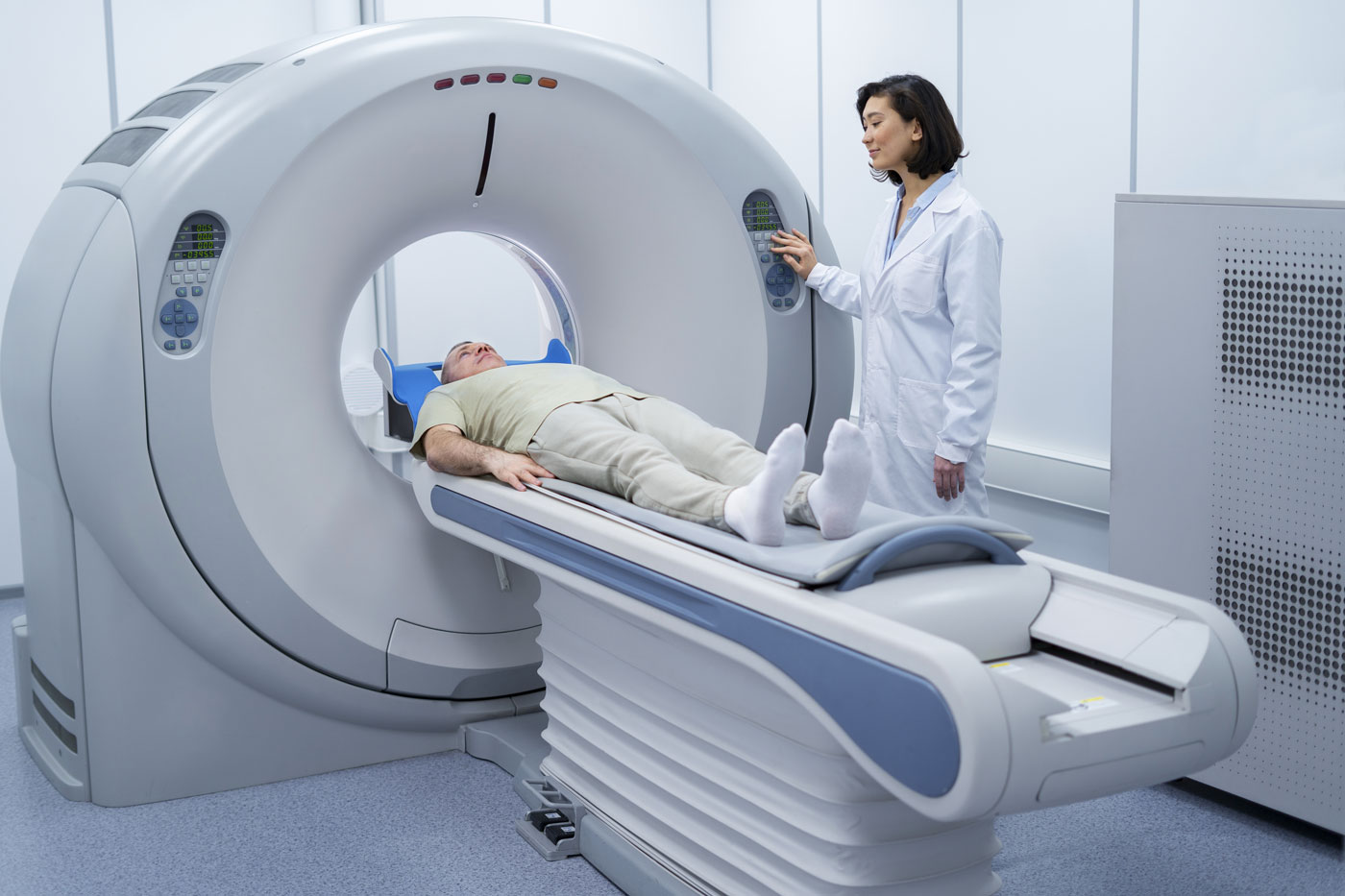Radiology
Medical imaging methods are used in the field of radiology to identify and treat illnesses and injuries. By offering precise images of the inside of the body, it serves a critical role in modern healthcare by assisting medical professionals in diagnosing and treating a wide range of ailments. Here are a few crucial radiological elements:
Types of Medical Imaging:
Radiology encompasses several imaging techniques, including:
X-rays: X-rays are a form of electromagnetic radiation used to create images of the inside of the body, such as bones and organs. They are commonly used to diagnose fractures, infections, and other conditions.
Computed Tomography (CT):CT scans use X-rays to create detailed cross-sectional images of the body. They are used to diagnose a variety of conditions, including tumors, infections, and internal injuries.
Magnetic Resonance Imaging (MRI): MRI uses a magnetic field and radio waves to create detailed images of the body's organs and tissues. It is especially useful for imaging soft tissues, such as the brain, muscles, and joints.
Ultrasound: Ultrasound uses sound waves to create images of the inside of the body. It is commonly used to monitor fetal development during pregnancy, as well as to image organs such as the heart, liver, and kidneys.
Nuclear Medicine: Nuclear medicine uses small amounts of radioactive material to diagnose and treat diseases. Techniques include positron emission tomography (PET) and single-photon emission computed tomography (SPECT).
Diagnostic and Interventional Radiology
Radiology is divided into two main branches: diagnostic radiology and interventional radiology.
Diagnostic Radiology: Diagnostic radiologists interpret imaging studies to diagnose diseases and injuries. They work closely with other healthcare providers to determine the most appropriate imaging tests and interpret the results.
Interventional Radiology:Interventional radiologists use imaging techniques to guide minimally invasive procedures, such as biopsies, angioplasty, and tumor ablation. These procedures are often less invasive and have shorter recovery times than traditional surgical techniques.
Radiation Safety:
While radiology plays a crucial role in healthcare, it is important to consider radiation safety. Radiologists and radiologic technologists follow strict guidelines to minimize radiation exposure to patients and healthcare providers during imaging procedures.
Overall, radiology is an essential part of modern healthcare, providing valuable information that helps healthcare providers diagnose and treat a wide range of medical conditions.

